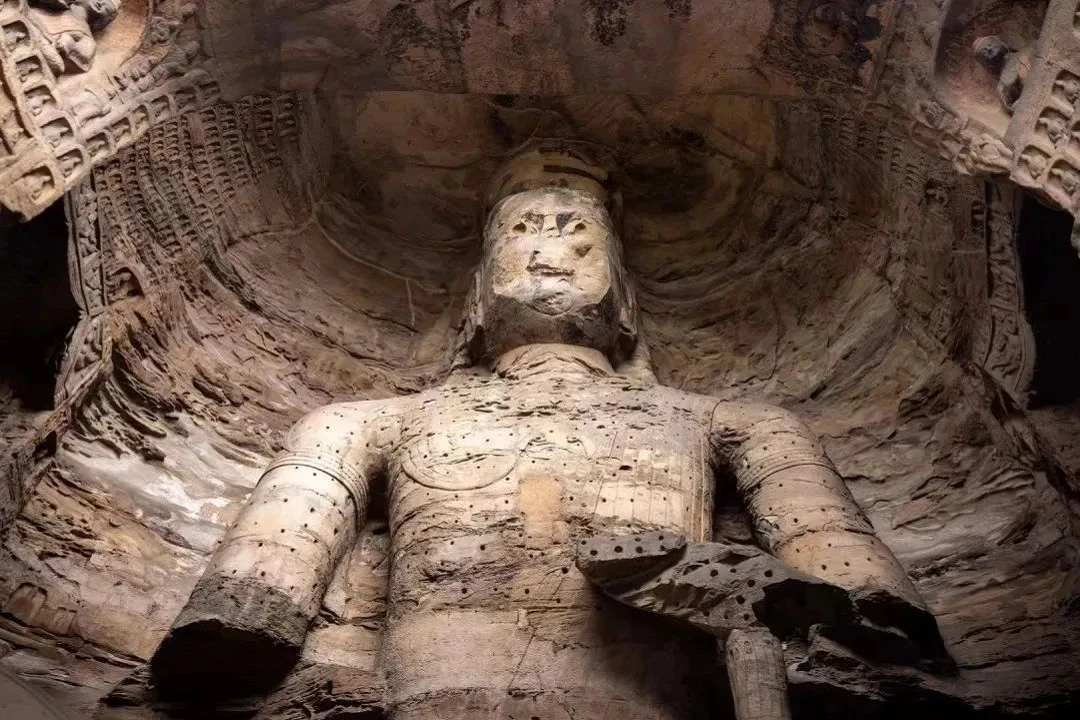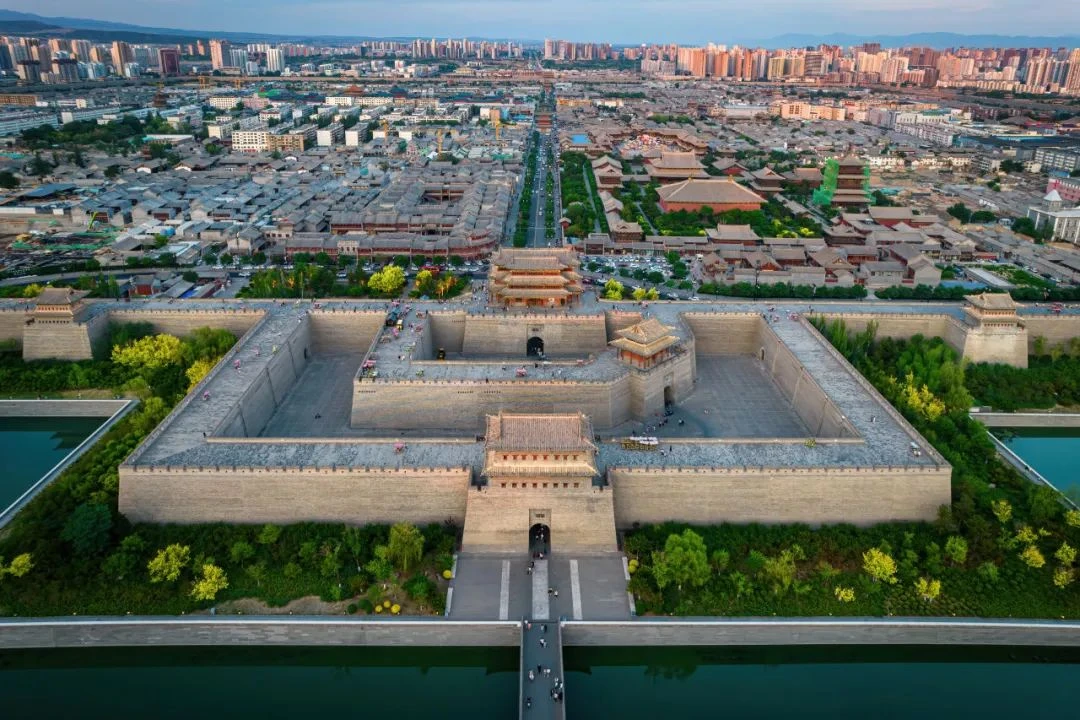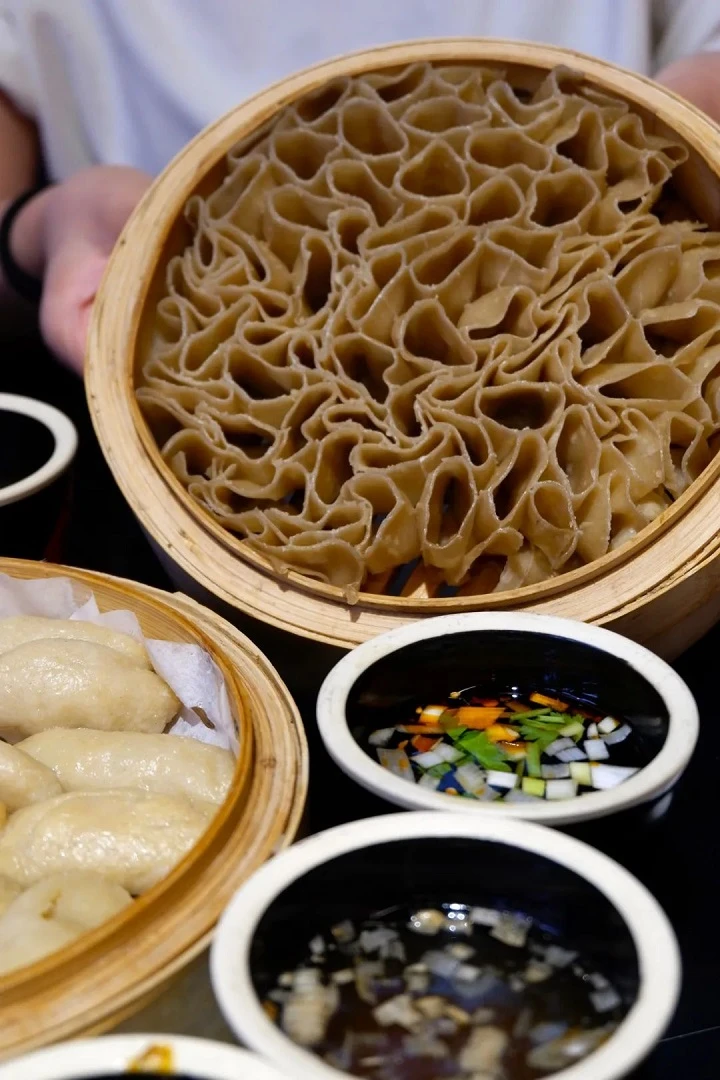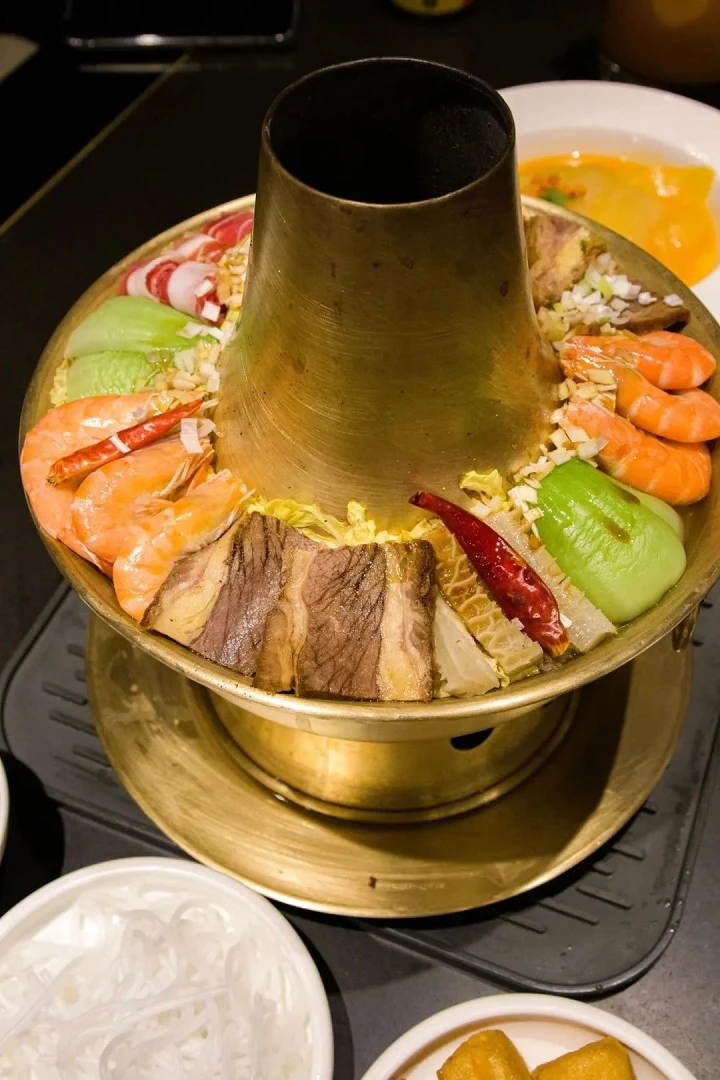Nestled at the crossroads of the Loess Plateau and the Inner Mongolian Plateau, Datong is a city that defies culinary expectations. Unlike the lush, rice-growing regions of southern China or the vast, pastoral grasslands of the north, Datong offers a unique gastronomic experience where carbohydrates and meat reign supreme. The city's distinctive food culture is deeply rooted in its natural environment, history, and cultural interactions.
Datong's geographical location has played a crucial role in shaping its culinary identity. Situated in a basin surrounded by mountain ranges—the Yinshan and Lüliang to the northwest and the Taihang to the southeast—the region benefits from a moderate climate that supports both agriculture and animal husbandry. This balance between farming and herding has allowed Datong to develop a rich tradition of both noodles and meat dishes, making it a paradise for food lovers seeking the perfect combination of carbs and protein.
Datong is more than just a city of great food; it is a place where the culinary traditions of farming and herding meet in perfect harmony. This blend of agricultural and pastoral influences is not only evident in the city's cuisine but also in its cultural heritage. Datong's historical significance as a former capital of the Northern Wei dynasty and its role as a key stop on the ancient Silk Road have left a lasting impact on its food culture, blending influences from both Han Chinese and nomadic traditions.
The city's culinary landscape is a reflection of its historical and cultural richness. From the intricate flavors of its noodles to the bold, straightforward taste of its meat dishes, Datong offers a dining experience that is both diverse and deeply rooted in tradition. As you explore the ancient streets of Datong, from the grandeur of the Yungang Grottoes to the bustling markets filled with local delicacies, you'll find that the city's food is a true representation of its spirit—a celebration of carbs and meat in all their glorious forms.

The Art of Noodles: A Legacy from the Land
Datong is renowned for its noodle dishes, with knife-cut noodles (刀削面) standing out as a local favorite. The secret to the extraordinary flavor and texture of Datong's noodles lies in the region's unique soil and climate. The fertile loess soil, rich in minerals and well-suited for wheat cultivation, produces high-quality flour that forms the base of these noodles. The wheat grown here, nurtured by the volcanic soils of the Datong volcano group, is ground into a fine flour that is then expertly kneaded into dough.
The process of making knife-cut noodles is an art form in itself. The dough is meticulously rolled and then sliced with a special curved knife, with each noodle falling directly into a boiling pot, ensuring even cooking. The result is a bowl of noodles with a perfect balance of chewiness and elasticity, served with a rich, savory broth and a variety of toppings that reflect Datong's cultural heritage.
But the noodle offerings in Datong don't stop at knife-cut noodles. The region is also home to other exquisite noodle dishes such as Kaolaolao (栲栳栳) and Mingedou (抿圪抖). Kaolaolao is a delicate noodle dish made from millet flour, shaped into thin tubes that are then steamed or boiled. This dish is not just a testament to the region's agricultural prowess but also to its intricate culinary techniques. Mingedou, on the other hand, is a noodle dish made from a blend of bean flour and wheat flour, shaped using a special tool and then cooked into small, tadpole-like pieces. These noodles, often served with a tangy Shanxi vinegar and chili oil, offer a burst of flavor in every bite.
Meat: A Feast of Northern Boldness
While Datong's noodles are a celebration of the region's agricultural bounty, its meat dishes reflect the boldness and simplicity of northern Chinese cuisine. The city's proximity to the grasslands of Inner Mongolia has made it a hub for high-quality beef and lamb, which are central to many local dishes.
One of Datong's most beloved meat dishes is Ba Yang Rou (扒羊肉), a dish made from slow-cooked lamb that is tender, flavorful, and incredibly satisfying. The preparation of this dish involves marinating large cuts of lamb, typically the leg, and then simmering it over a low flame until the meat becomes so tender that it falls off the bone. The simplicity of the ingredients—just lamb, salt, and a few spices—allows the natural flavors of the meat to shine, making it a favorite among locals and visitors alike.
Another staple in Datong's meat-loving culture is the Yangza Soup (羊杂汤), a hearty soup made from lamb offal. Despite the seemingly simple ingredients, the dish is a culinary masterpiece, requiring the freshest lamb innards and a meticulous cooking process that ensures the soup is rich and flavorful without any unpleasant aftertastes. The soup is often served with a generous spoonful of chili oil and paired with the city's iconic noodles, creating a meal that is both warming and deeply satisfying, especially during Datong's harsh winters.
Datong's love for meat extends beyond lamb to include a unique local delicacy: Hong Men Tu Tou (红焖兔头), or braised rabbit head. Unlike the spicy versions found in Sichuan, Datong's braised rabbit head is simmered in a blend of soy sauce, sugar, and a medley of spices, resulting in a dish that is rich, savory, and irresistibly tender.



